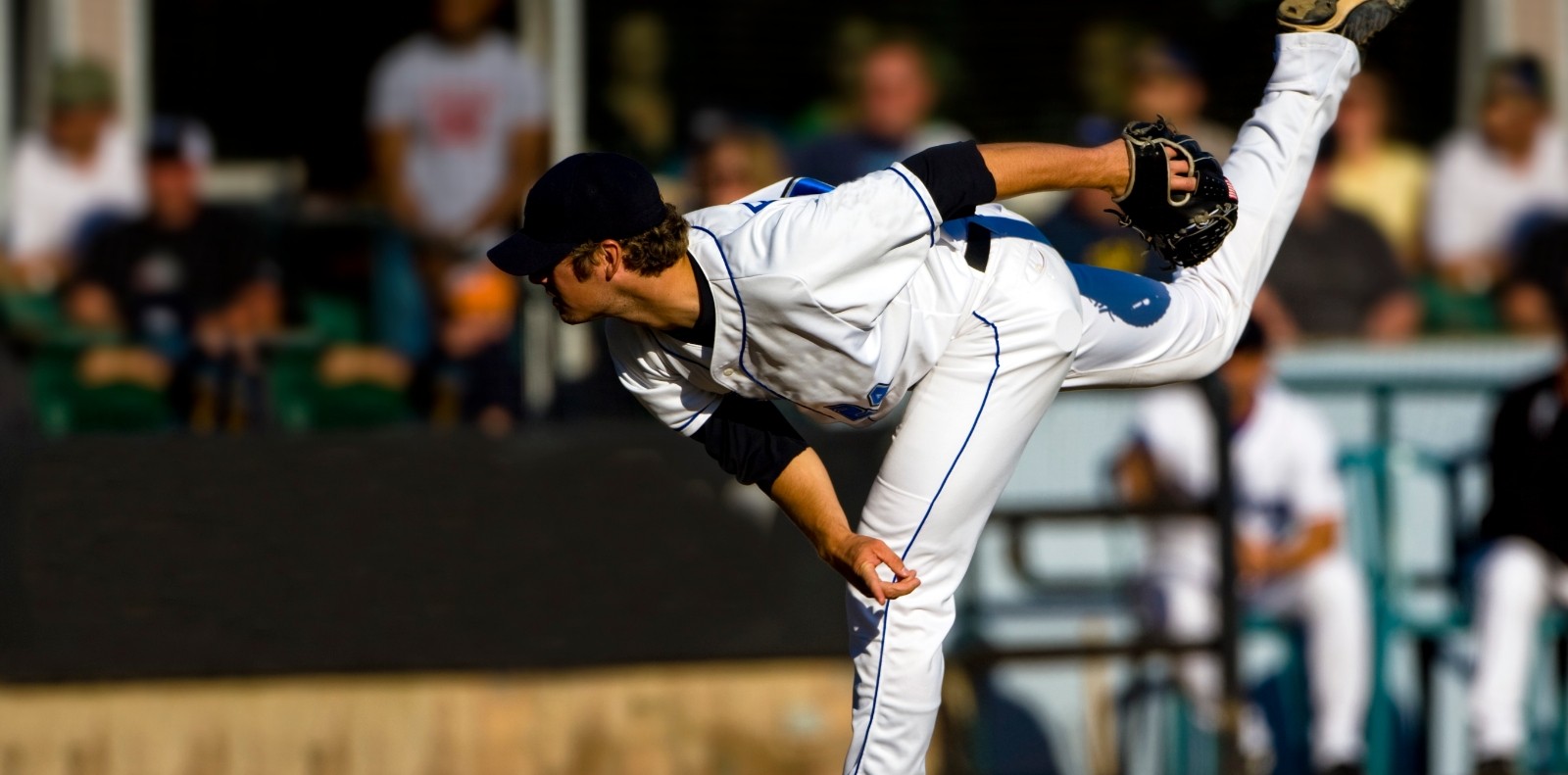And How to Find an Athletic Trainer Near You in Wichita
Baseball is one of America’s oldest pastimes and has brought joy to literally millions of fans across the country spanning several generations. Whether you live in a booming metropolis like New York City or a small town in western Kansas, baseball is played there. It remains one of the most popular team sports today, along with football and basketball.
However, the sport of baseball isn’t without risk for its players. Even though baseball is not a contact sport, injuries to the joints, muscle tissue, ligaments, and bones can still happen and need to be treated by athletic trainers using orthopedic sports medicine. To provide some additional insight on this, here is our list of the top five most common baseball injuries.
#1 – Bumps, Bruises, and Skin Injuries
Most baseball injuries are simple wear and tear from playing the game. Players will get bruises from getting hit by a pitch, contact with another player, or making contact with the ground as the result of diving for a catch. Players may also get injured because of sliding, which can cause losing some skin on the elbows or knees. Fortunately, the bumps and bruises incurred in baseball are low compared to football.
#2 – Overuse Injuries
The sport of baseball requires players to throw the ball in a similar motion multiple times per game. This can cause what’s referred to in the orthopedic sports medicine community as an overuse injury. It occurs when the repetitive motion impacts the nerves, ligaments, tendons, or muscles in the affected area.
In the sport of baseball, repetitive motion injuries typically affect either the shoulder, elbow, or wrist. Players will notice a twinge of pain each time they make a throwing motion. In the case of an overuse injury, the best course of action is to rest so that your arm can recover. Icing the joint, taking over-the-counter pain medications, and using compression can also help with the healing process and pain management.
Speak to an athletic trainer about whether you would benefit from professional physical therapy to better prepare your arm to throw. All you need is a referral to a physical therapist to get started.
#3 – Torn Labrum
Within the shoulder, there is a cuff of cartilage that surrounds the shallow socket of the joint known as the labrum. The labrum is the soft tissue that keeps your shoulder bones in place and provides stability.
The throwing motion in baseball puts a lot of stress on the labrum. After enough throwing motions, the labrum can start to wear, which will cause swelling, inflammation, pain, and weakness in the shoulder. A torn labrum can happen with any player, but they are especially common with pitchers.
Athletic trainers and those that specialize in orthopedic sports medicine can consult with you about pain management and treatment options.
#4 – Rotator Cuff Injury
The rotator cuff is also located in the shoulder and a series of muscles and tendons that keep the shoulder stable. Similar to the labrum, the rotator cuff is also greatly affected by throwing motions.
Rotator cuff injuries generally occur due wear over time or trying to throw in a game situation without sufficiently warming up or stretching. Unfortunately, players who suffer a rotator cuff injury are usually out for the season. Any baseball player can suffer a rotator cuff injury, but they are most common with pitchers.
Speak to an orthopedic sports medicine specialist or athletic trainer if you’re suffering from a rotator cuff injury.
#5 – Ulnar Collateral Ligament (UCL) Injury
The ulnar collateral ligament injury is one of the most infamous injuries in all of baseball. Namely, because it is a season ending injury that requires UCL reconstruction. More commonly referred to as Tommy John surgery (named after the first player who underwent this particular surgery).
Yet again, pitchers are the ones who are most at risk of incurring a UCL injury. In most cases, players will experience a distinct popping sensation which is followed by immense pain in the elbow.
A UCL injury will require reconstructive surgery performed by an orthopedic surgeon, and professional physical therapy, to regain full mobility and heal correctly.
Find an Athletic Trainer Near You in the Wichita Area
If you or a family member are suffering with any of the sports injuries that affect the ligaments, tendons, or joints, the good news is that help is close by. The athletic training staff here at Mid-America Orthopedics Wichita has decades of combined experience in orthopedic sports medicine. In fact, our athletic trainers travel to more than ten schools in the Wichita and Derby area.
If you’re feeling pain in your shoulder, wrist, or elbow, don’t wait until it turns into a full-blow injury. Get in touch with our team today by calling us at (316) 630-9300 or email us directly using the contact form on our website.

